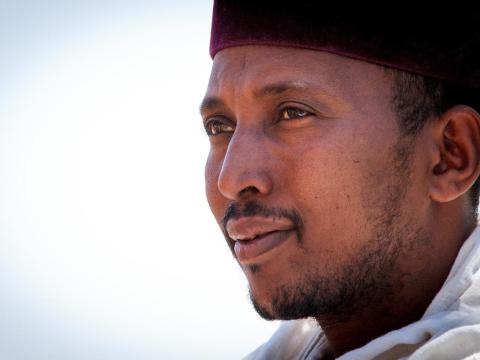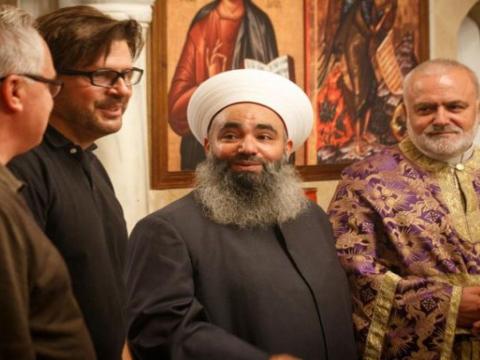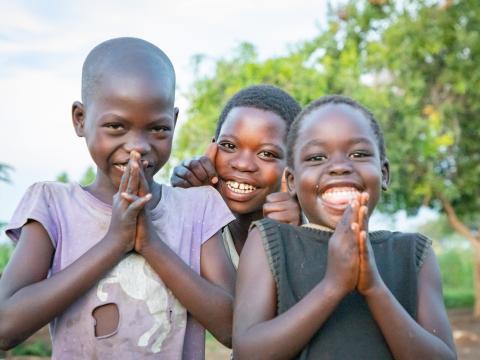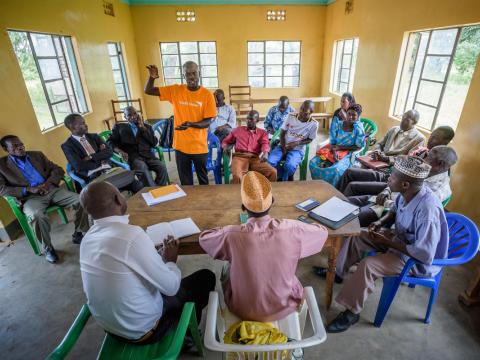
Faith leaders: How HIV provided a secret to tackling gender-based violence
Maclean Dlodlo and Christo Greyling celebrate the hundreds of thousands of faith leaders now tackling HIV and AIDS stigma and who are working to end gender-based violence.
One Sunday in May 1992, after I (Christo) disclosed to my congregation that I was living with HIV, one of our church elders stopped me outside and said, “Reverend, we have so much sympathy for you. You got it [HIV] innocently, but THOSE people…”
As we commemorate World AIDS Day and the 16 Days of Activism to End Gender-based Violence, we want to take the time to reflect on the history and impact of local faith communities in the fight to combat HIV and work towards gender equality. While both battles are ongoing and have not yet been won, we celebrate and trust faith communities can and will continue to drive action and transformation.
Ignorance led to stigma
In the early day of the AIDS pandemic, the church in Southern Africa struggled to know how to respond. Significant fear, stigma, marginalisation and judgment characterised people’s response to the disease. Faith leaders and communities were concerned about the behaviours that led to people becoming HIV positive. Their perceptions that infection with the virus was synonymous with sinful conduct stopped them from seeing the need for help and compassion, and from responding with compassion and acceptance.
In converation with Pastor Lebiletsa, the pastor of Calvary Hope of the Nations in Lesotho he explained how, during that time, he made the mistake of regularly telling his congregation that those with HIV needed to repent, and would do so sooner or later: He told them, “You will come back to the church when your legs are as thin as the pole holding up this tent and ask for forgiveness… and I will be ready to conduct your funerals.”
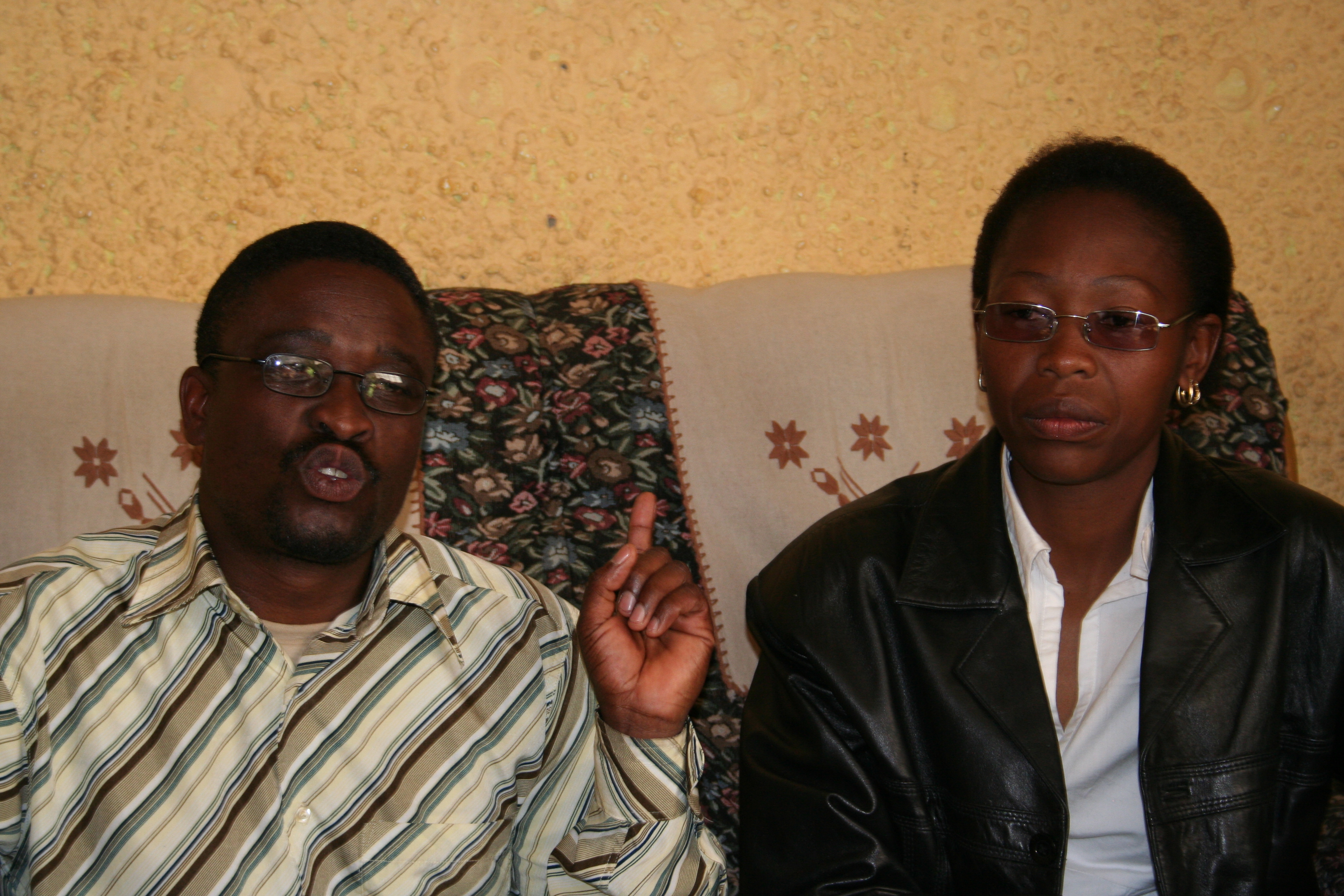
For a while the problem of HIV & AIDS was seen as external to the Church. However, when the crisis grew and fatality statistics were spiking – including those near and dear to church leaders - desperation set in. A growing number of faith communities felt called to act and did so by working in prevention, care and support of those living with the illness.
Stigma tackled via training
In response to a growing request from churches for support, and in partnership with CABSA (Christian AIDS Bureau for Southern Africa), we developed and scaled up the Channels of Hope for HIV programme. Over a decade it reached over a hundred thousand faith leaders and community members through World Vision's global HIV & AIDS project The HOPE Initiative. Channels of Hope helped pastors ground their response to those living with HIV & AIDS based on what they had and knew – the scriptures – combined with a growing knowledge and skill set that would help them respond practically. Attitudes begun to change and responses became more grace-filled. The Channels of Hope programme provided a blend of scientific information and faith response; exposed people to the stories and experiences of people living within their own communities; and provided time to develop action plans rooted in the unique skills and contributions of the local church.
“After going through the training with World Vision, I was the one who had to repent,” Paster Lebiletsa admitted. “I realised I hated people with HIV and I knew that those who were suffering because of the pandemic could never come to me for support even though I am a pastor… unless my attitude changed.”
In time, we saw dramatic impact—children who had lost their parents and other vulnerable children were supported and cared for; faith communities had unprecedented conversations about sexuality, protection and prevention; and people living with AIDS were received with love, grace and acceptance. We experienced these changes and heard stories over and over again about transformation.
From his home, Pastor Lebiletse started to feed children in his community impacted by HIV & AIDS. He began to boldly challenge other faith leaders to act as he interacted with children and families infected and affected. He became an example of a compassionate leader who himself spent time with those living with HIV & AIDS.
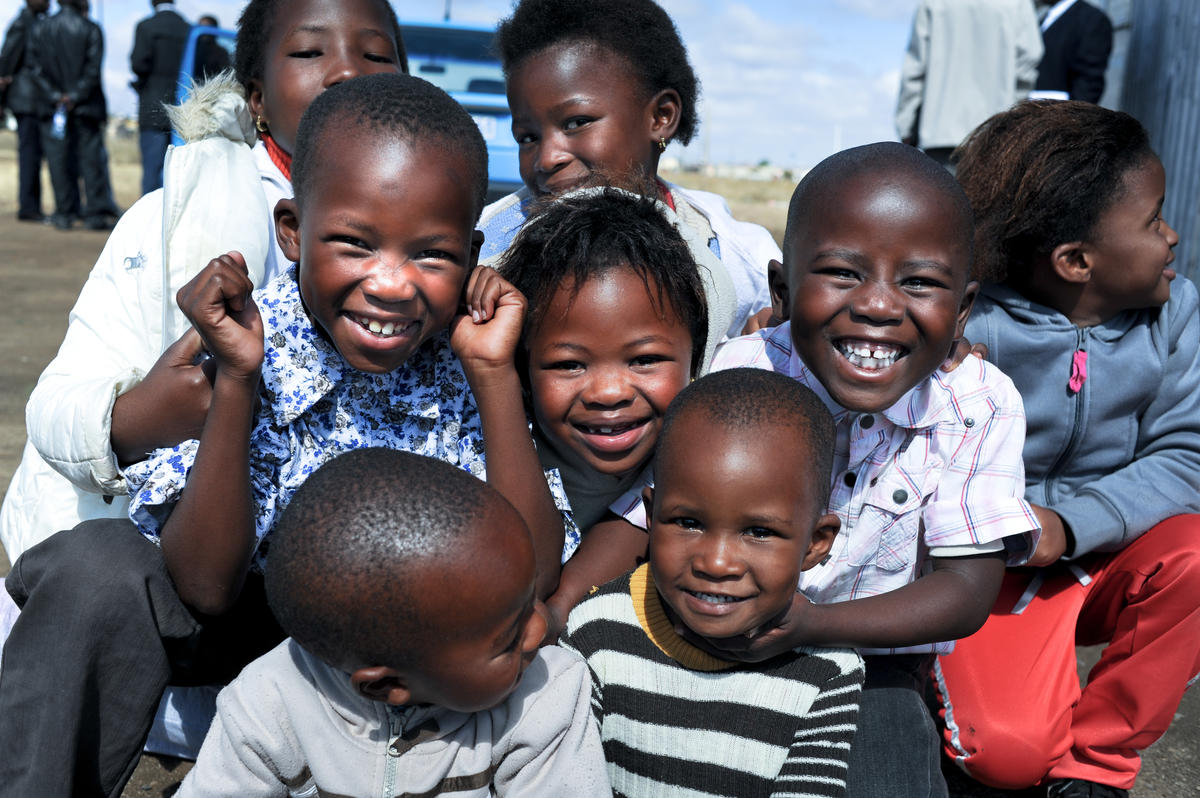
Data provides hope and concern
Evidence began to emerge through evaluation and research that faith leaders and community members participating in the programme had significantly lower levels of stigma (while the stigma was increasing in the broader community). Research further found that they were more likely to participate in voluntary counselling and testing, coupled with a greater likelihood to take action on behalf of those impacted by the pandemic.
However, as we celebrated progress in stigma reduction, reduction of infections and deaths, and increased willingness to test, faith leaders were confronted by a different set of challenges. Faith leaders were increasingly aware that the statistics showed infection rates were higher among women. They began to ask why. They found roots in gender inequality and cultural norms regarding female and male relationships. All too often, women wer experiencing gender-based violence and sexual abuse from their intimate partners. They often had no choice in how and when to have sex. Women’s requests for the use of condoms were often ignored.
As a Channels of Hope facilitator, I (Maclean) along with others started to hear from faith leaders that now they had the skills and knowledge to respond to HIV, they also wanted help addressing gender inequality and gender-based violence. This led to the birth of Channels of Hope for Gender which used the same methods and approaches as Channels of Hope for HIV but aimed at gender equality. While we had long known that faith actors were essential partners to address the deep underlying beliefs, attitudes and norms that drove behaviour, this invitation provided us with the perfect way in to begin a transformational process together.
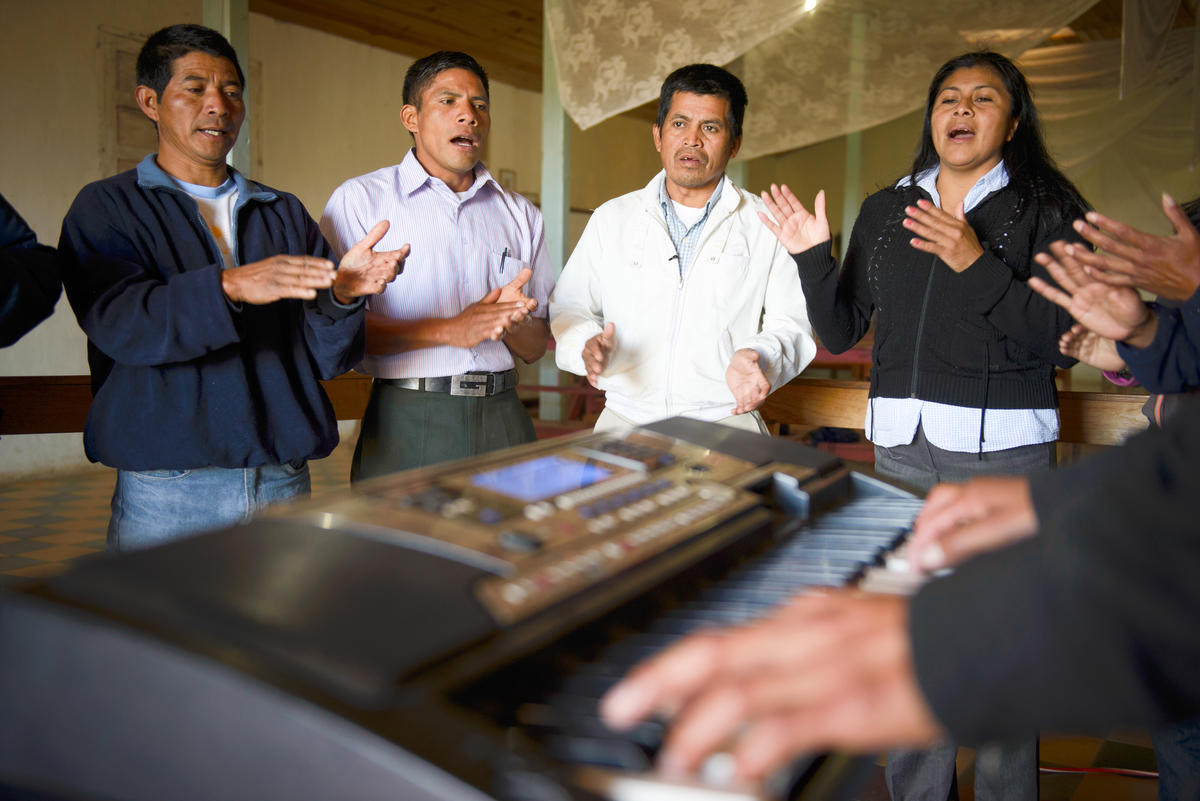
A change for the better
In time, the Channels of Hope for Gender model was adapted and scaled to reach tens of thousands of faith leaders. It was also adapted for use by Islamic Relief for Muslim communities. The process provided faith leaders a safe space to objectively review their scriptures, rediscover the equal worth and dignity accorded both male and female, and reaffirm the need to care for women and girls and protect them from any form of violence. Many men humbly experienced significant shifts in attitudes and prejudices. Beliefs about the role of women at home and in society were changing as well, and we could see attitudes shifting.
Faith leaders and their communities led campaigns, alongside other community actors, to end violence against women and girls. They joined the ranks of such local and global movements as Thursdays in Black, One Man Can--Sonke Gender Justice, Side by Side for Gender Justice, and many, many others. Evaluations have shown a significant change in attitudes towards women, an increase in boldness to challenge gender inequality and gender-based violence, a willingness to report such violence in all its forms, and a commitment to taking action both individually and corporately.
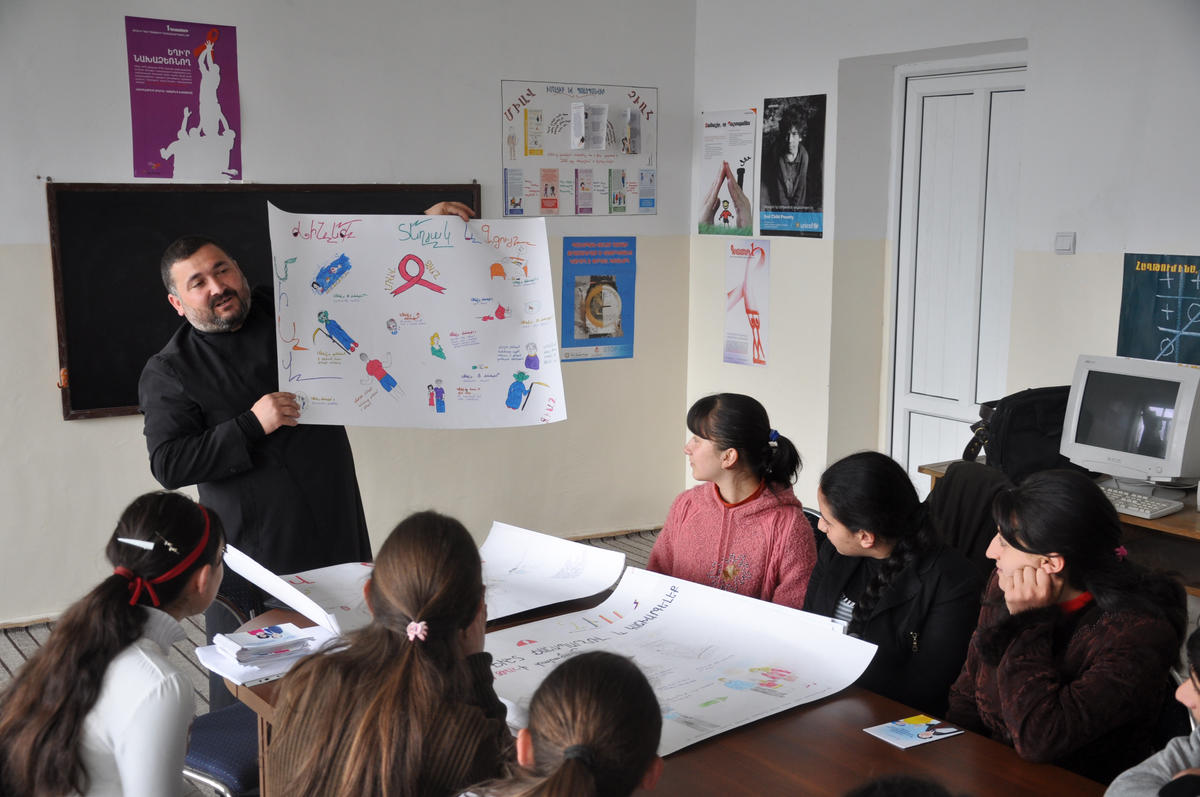
Much is left to do. One in four women globally report experiencing intimate partner violence. Moreover, the COVID-19 pandemic saw an increase in reported cases of gender-based violence, especially rape.
We firmly believe that the Church and other faith actors can and should continue to do all they can to end violence against women and girls. Using tools like Channels of Hope for Gender will help faith communities tackle the roots of such violence, such as gender inequality, and will mean broken communities restored, the dignity of marginalised upheld, and girls and women in particular live transformed life in all its fullness.
To learn more about World Vision’s Faith and Development work click here
Maclean Ndabezinhle Dlodlo, World Vision International’s Senior Advisor for Faith and Gender in Development, has extensive experience in faith partnerships and gender issues. Find him at linkedin.com/in/maclean-ndabezinhle-dlodlo
Christo Greyling, Senior Partnerships at World Vision International, has decades of experience addressing issues of faith and stigma. Follow him at twitter.com/@Christogreyling
